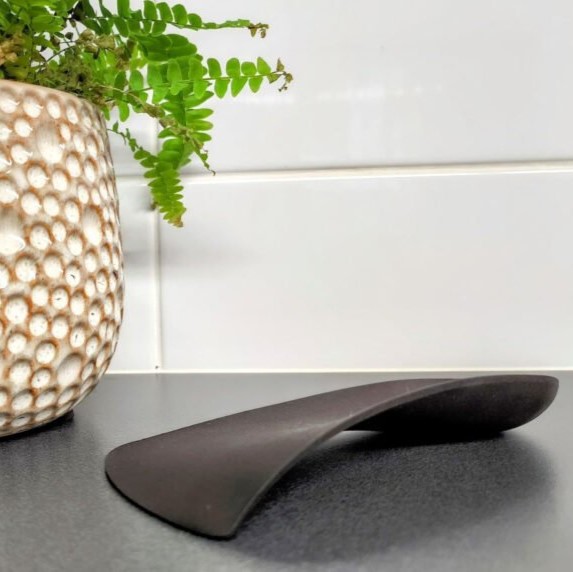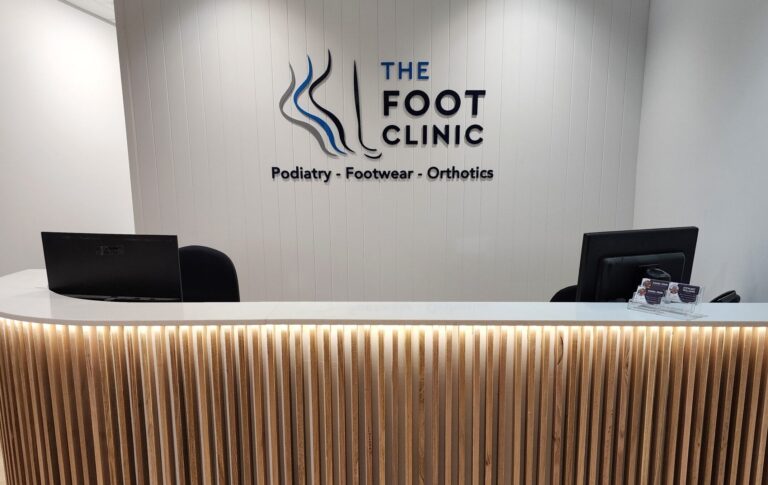Ankle Pain
Not just a sprain or strain
Symptoms
Pain, swelling, or stiffness in the ankle joint.
Difficulty walking or bearing weight on the ankle.
Instability or a feeling of “giving way”.
Bruising or tenderness around the ankle.
Limited range of motion in the ankle.


Causes
Ankle Sprains: A common injury where the ligaments in the ankle are overstretched or torn, usually due to a sudden twist or roll of the ankle. Sprains can vary in severity from mild to severe, depending on the extent of ligament damage.
Tendonitis: Inflammation of the tendons around the ankle, such as the Achilles tendon or peroneal tendons. Tendonitis is often caused by overuse, improper footwear, or sudden increases in physical activity.
Arthritis: Degeneration of the ankle joint, leading to pain, stiffness, and swelling. Osteoarthritis is the most common type, but rheumatoid arthritis and post-traumatic arthritis can also affect the ankle.
Fractures: Broken bones in the ankle can cause severe pain, swelling, and difficulty walking. Fractures may result from trauma, such as a fall, or from repetitive stress.
Tarsal Tunnel Syndrome: Compression of the tibial nerve as it passes through the tarsal tunnel near the ankle can cause pain, numbness, or tingling in the ankle and foot.
Treatment
Rest, Ice, Compression, and Elevation (RICE): This approach is often the first line of treatment for acute ankle injuries like sprains. Resting the ankle, applying ice to reduce swelling, using compression socks, and elevating the foot can help manage pain and promote healing.
Custom Orthotic Devices: Our podiatrists create custom orthotics tailored to your specific foot structure and ankle mechanics. These orthotics provide support, reduce strain on the ankle, and improve stability, especially in cases of chronic conditions like arthritis or tendonitis.
Ankle Bracing: For added support, especially in cases of ankle instability or during the healing of a sprain, ankle braces can help stabilize the joint and prevent further injury.
Strength & Conditioning: A structured rehabilitation program including strength training, balance exercises, and range-of-motion exercises can aid in recovering ankle function and preventing future injuries.
Anti-inflammatory Medications: Nonsteroidal anti-inflammatory drugs (NSAIDs) can help reduce pain and inflammation associated with ankle conditions.


Non-Conservative Treatment
If the above interventions haven’t been successful your podiatrist may recommend more invasive forms of treatment including the following:
Corticosteroid Injections: For severe inflammation, particularly in cases of arthritis or tendonitis, corticosteroid injections may provide temporary relief.
Surgical Intervention: In cases of severe ligament tears, fractures, or chronic instability that do not respond to conservative treatments, surgery may be necessary to repair the damaged structures and restore proper ankle function.
We Fix
The prognosis for ankle pain varies depending on the underlying cause. Most acute injuries like sprains heal well with appropriate care, typically within 4-6 weeks. Chronic conditions such as arthritis or tendonitis may require ongoing management, but with the appropriate treatment, many patients can maintain good ankle function and mobility. Custom orthotics, exercise therapy, and supportive footwear play key roles in preventing recurrence and promoting long-term ankle health. For more information book an appointment with one of our expert podiatrists today.

